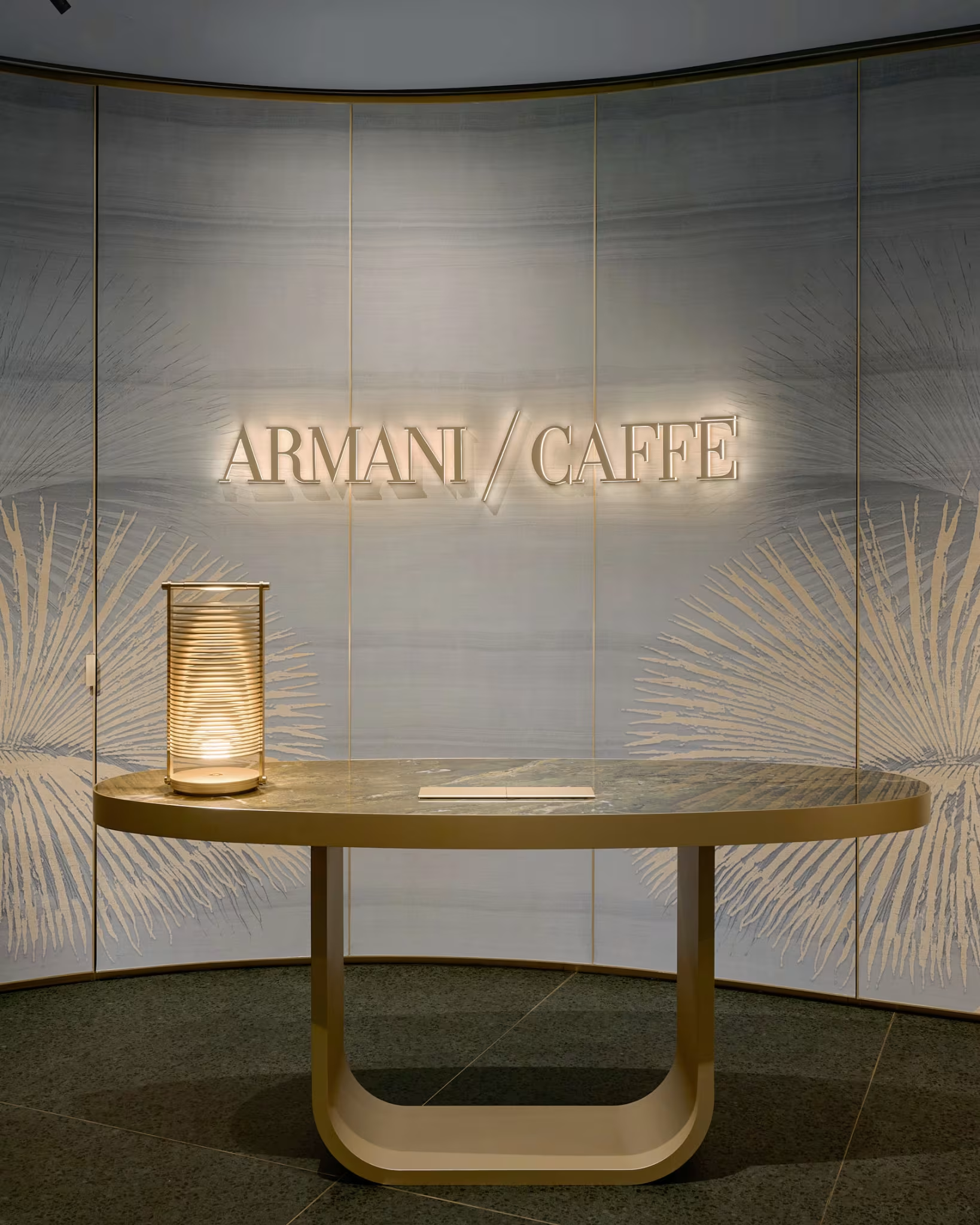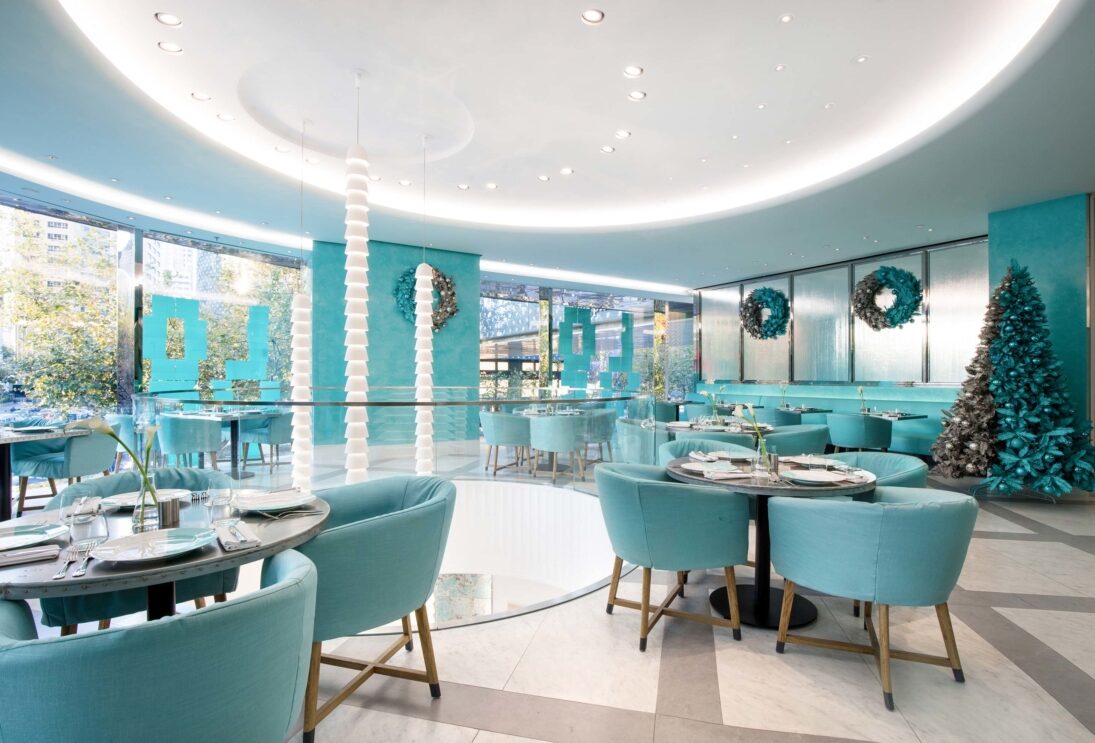In China’s fast-evolving consumer landscape, luxury brands are stirring up more than just fashion trends; they’re pouring themselves into the booming coffee culture. From Louis Vuitton’s boat-shaped concept store in Shanghai to Giorgio Armani’s sleek café in Beijing, luxury fashion houses are increasingly opening branded coffee shops across major Chinese cities.
Well, this isn’t just about serving espresso with elegance; it’s a strategic pivot to create immersive brand experiences that resonate with younger, experience-driven consumers. As Celia Chen, research director for JLL North China, explains in an article “Would you like a handbag with that latte? Luxury brands in China think so” published by SCMP, “The foray by foreign fashion brands into the coffee sector is not really about developing a new product line, but rather about creating a novel shopping environment and socially-driven experience to boost customer loyalty”.

Luxury Brands Blend with China’s Coffee Boom
China’s coffee market is exploding. According to SCMP, in 2024 alone, the country added over 12,000 new coffee shops, bringing the total to more than 130,000 nationwide. This surge is fueled by Gen Z and millennials, who see coffee less as a simple drink and more as a part of their lifestyle. The trend has even impacted giants like Starbucks, which saw its market share challenged by local upstarts and shifting consumer preferences.
Gen Z & Millennials Drive Demand
Young consumers represent more than half of China’s coffee consumption. These digitally savvy, experience-hungry shoppers crave more than products—they want immersive brand environments. Luxury cafés offer a taste of prestige without the price tag of a handbag.
Hence, the luxury brands are tapping into this momentum. Integrating cafés into their flagship stores offers a more accessible entry point into their brand universe.
Why It Works
- High Margins, Low Costs: Fancy coffee drinks offer strong profit margins with relatively low operating costs compared to traditional marketing strategies like celebrity endorsements.
- Offline Engagement: In an era dominated by online shopping, cafés draw customers back into physical stores, where the brand can shine through curated ambience and personalised service.
- Social Media Magnetism: Designer cafés are Instagrammable playgrounds. Every detail is crafted for shareability on platforms like Xiaohongshu and Douyin, from velvet booths to logo-laced lattes. This drives organic marketing and brand visibility.
- Accessible Luxury: A ¥60 latte is far more attainable than a ¥30,000 handbag—but it still carries the brand’s allure. These cafés offer a relaxed space for people to enjoy their coffee, catch up with friends, and naturally connect with the brand’s atmosphere and aesthetic.

From Handbags to Handcrafted Brews
The café trend is part of a broader shift in luxury marketing—from exclusivity to experience. Chester Zhang of Savills Shanghai as quoted in SCMP, notes that it’s cost-efficient to maintain visibility and relevance in a market where traditional luxury spending has slowed.
Whether it’s sipping a Dior-branded cappuccino or lounging in a velvet Gucci café booth, Chinese consumers are embracing this fusion of fashion and flavour. And for luxury brands, it’s proving to be a recipe for deeper engagement, broader reach, and a fresh shot of relevance.
Strategic Brand Positioning: A New Blend of Retail and Lifestyle
Luxury brands aren’t entering the coffee business for profit; they are marketing through experience. These cafés are brand extensions, reinforcing identity and relevance in a competitive, fast-changing market. In short, luxury cafés in China aren’t just selling coffee—they’re selling status, story, and social currency. And that’s a blend the market can’t seem to resist.
Related
